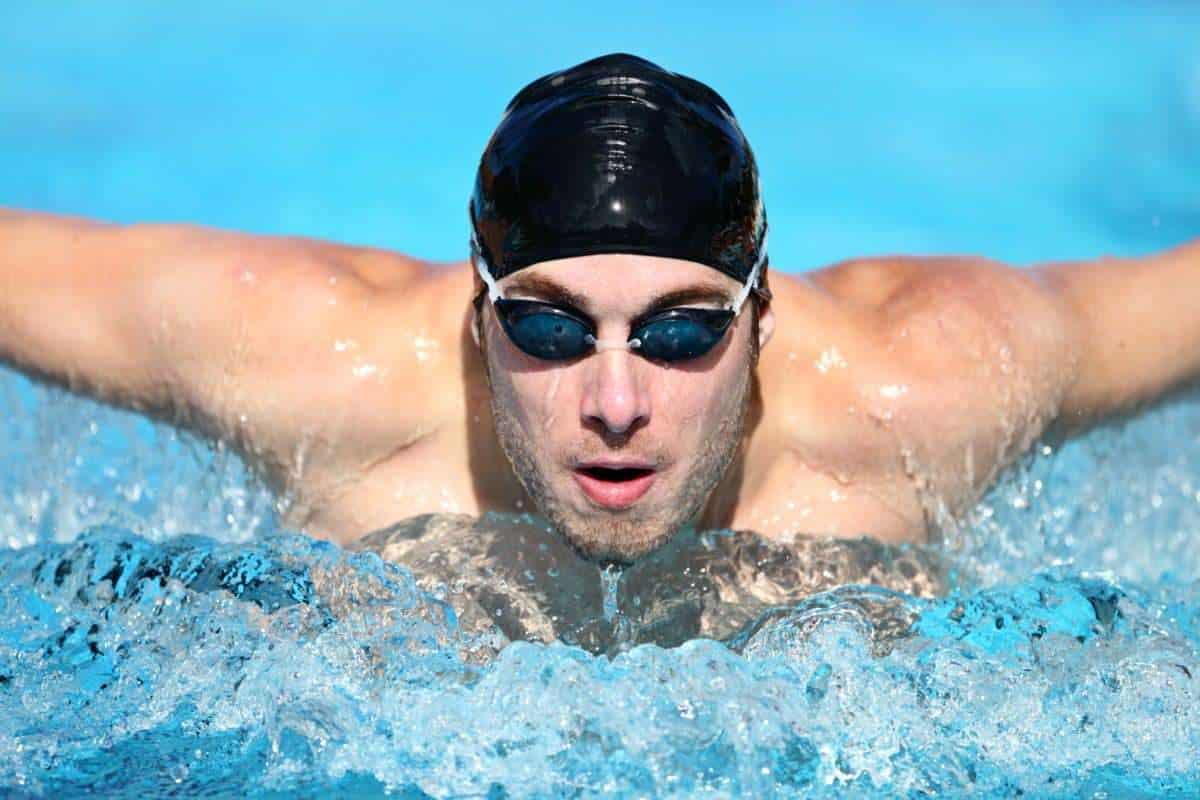Swimming is one of the most competitive solo sports in the world. In order to be the best of the best, there are several tips and tricks to improve, swim faster, adjust body movements and techniques accordingly. One of the essential elements of swimming is breathing quickly and effectively. Bilateral breathing, though sometimes controversial, is one of these key techniques and is used by professional athletes consistently. The word “bilateral” means relating to two sides, and bilateral breathing means breathing out of both sides of your mouth. Athletes use this tried and true (and admittedly challenging) technique to take home the gold.
Why is bilateral breathing beneficial? How long does it take to get the hang of it, and is it worth your time to learn? Let’s take a look at some of the top reasons below:
- Consistency: When you’re swimming, you want to keep your stroke even. Awkward strokes means you’ll lose some speed and symmetry. Bilateral breathing helps encourage even strokes, something that is nearly impossible with extended unilateral breathing.
- Keeps You On Course: Another reason why swimming evenly is important is keeping you on track, literally. When you only breathe out of one side of your mouth, over time you will tend to drift into other lanes and you’ll have to recalibrate yourself, as you are pushing harder on one side to breathe.
- Check Out the Competition: If you breathe bilaterally, you can switch sides for breathing while simultaneously checking out where your competition is. This will help you to recognize when you need to push harder to win.
- Building a Routine: Like most routines, it takes some time before it feels comfortable and natural. Most coaches have said that it takes approximately two weeks for you to feel comfortable with bilateral breathing, as it can be a demanding task to learn.
- It’s Important to Exhale: One of the biggest issues with bilateral breathing is how challenging it initially is. People who have a lot of issues with bilateral breathing may need to examine if they are exhaling air correctly in their regular swimming routine. Exhaling appropriately is the key to success in bilateral breathing.
- Better in Open Water: Swimming competitively in a pool is one thing. It’s mostly predictable, as there are no waves or oceanic currents. However, bilateral swimming can be beneficial in swimming in natural bodies of water like the ocean. For one, you can have the shore in sight for straight forward swimming. Another reason? If the water is choppy, or your competitor is splashing water in your direction, you can easily start breathing on the other side with little worry.
- Strengthens your “Weak” Side: If you’re used to breathing on one side, likely your muscles have been strengthened a little more on one side versus the other. It’s natural as you pull your head up for a breath. If you bilaterally breathe, then you’re able to train both sides of your body equally.
- Avoid Injury: Often when you breathe unilaterally, you are opening yourself up for potential injury or poor form. Many coaches have watched swimmers do the following as a result of breathing on one side: scissor kicks, timing problems, poor catch techniques, crossovers and shoulder injuries.
Sometimes, bilateral breathing may seem too modern for traditional coaches. Swimming competitively has been around for decades, and “teaching an old dog new tricks” can be difficult. However, famous olympic swimmers swear by bilateral breathing, as it could mean the difference between getting the gold or not.
It’s important to note that bilateral breathing is not for the faint of heart. It’s meant to be used as a tool for swimmers already comfortable in the water, and breathing/exhaling completely. With all the positive things that bilateral breathing proposes, the pros definitely outweigh the cons in learning this important and challenging skill.
Blue Buoy: Serving Orange County
With the help of Blue Buoy Swim School, you will be able to learn even advanced swimming techniques in a positive, supportive environment. Our friendly, professional instructors have been teaching children and adults to swim for more than four decades. We look forward to teaching you soon!



Leave A Comment